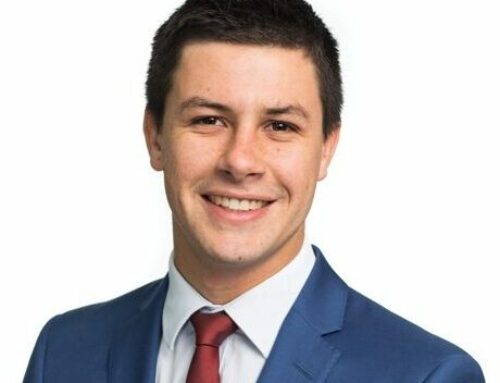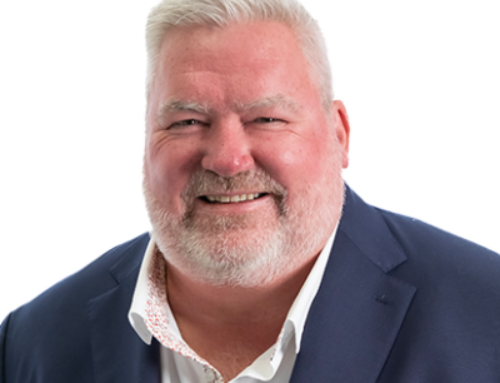Ben is a Director in NDY’s London office. He is a member of the executive team responsible for engineering and operations.
Ben is also Group Technical Director of public health/plumbing/hydraulics across all offices in Australia, New Zealand, the United Kingdom and Canada.
He is actively involved in projects and currently leads multi-disciplinary projects including major office refurbishments, a new mixed-use development and has led laboratory projects, a 325,000 ft2 new build office development and large residential developments.
Ben is responsible for the design, documentation and construction administration of public health services and has worked for NDY for over a decade. He has led public health services design teams on large health projects valued at up to $1 billion including the $630 million Bendigo Hospital Project in Australia.
Ben was a member of the Board of Directors of the Association of Hydraulic Services Consultants Australia (Victoria, Australia) from 2014 to 2018.
Give us an overview of your team and global reach?
NDY’s hydraulics team has engineers in each of our Australian, New Zealand, UK and Dublin offices. There are approximately 20 of us. We’re called hydraulic engineers in Australia and New Zealand, plumbing engineers in North America and public health engineers in the UK.
Since I started as a graduate engineer, some 17 and a bit years ago, we’ve seen many changes in the industry and its people. When I started out, hydraulics engineers came from various design backgrounds as design drafts-people and plumbers who were previously ‘on the tools’.
Now, we have an even greater cross-section including experienced designers who began work in the 70s and 80s (one of whom worked on Australia’s Parliament House), plumbers, enthusiastic graduate engineers and, more recently, a growing cohort of chartered engineers.
Tell us how you work with other teams and disciplines at NDY?
Hydraulics engineers work with all NDY disciplines! Sustainability principles guide our design so collaboration with the sustainability team is key.
We connect buildings to inground water and drainage systems designed by our civil engineering team. We design water and drainage systems to serve mechanical equipment. We often integrate domestic hot water generation with mechanical heating systems and they design the building management systems (BMS) that monitor our equipment.
The electrical team provides us with power for hands-free tapware, pumps and heating systems. The fire protection team needs water for their fire sprinklers and hydrants.
Even lifts have an interface because lifts used for evacuation or fire fighting need to ensure water doesn’t enter the lift shaft and compromise their operation.
We also love putting holes in structural elements and that requires close coordination with our structural engineering team.
Why hydraulics?
It’s the oldest and most important building services discipline! Roof drainage has existed since the first shelter was built.
Plumbing in buildings predates electricity distribution and Willis H. Carrier’s refrigerative air-conditioning. Joseph Bazalgette, a 19th century English civil engineer, developed the London sewerage system which was instrumental in relieving cholera epidemics.
I enjoy its importance and the combination of general, practical and engineering knowledge that goes into it. There’s still much to learn – the hydraulics of water flow is still not completely understood to this day.
I would like to say it was a conscious decision to join hydraulics engineering but I was assigned to the discipline as a graduate but saw great opportunity in an underappreciated area.
Where do you see the greatest opportunities for hydraulics right now?
Hydraulics, today, is all about balancing water conservation, energy consumption, cost and ease and safety of installation and maintenance. Water efficiency and reuse remains a focus but new technologies to replace fossil fuels, such as CO2 heat pumps, create opportunities for lower carbon energy use.
What’s the trickiest problem you’ve solved?
While I enjoy the big projects, I’ve always enjoyed solving the niche constrained problems that arise from time to time.
I’ve worked out how to keep an existing hospital wing with a small budget continue operating by reconfiguring their existing hot water calorifiers. I’ve solved very long hot water waiting times in a 5 star hotel with redesign while keeping guest interruption to a minimum.
Tricky problems have also included learning about tropical fish aquariums and meerkats to design the hydraulic services that support them in a major hospital project.
What’s an engineering myth you’d like to debunk?
It’s not just leaks, blockages and a 4 inch pipe! There’s a lot of science and maths behind hydraulic engineering.
The sizing of water supply pipework developed significantly in the 1920s and 1930s because of Dr. Roy Hunter at the National Bureau of Standards in USA. He applied binomial probability to possible simultaneous usage of plumbing fixtures. This allowed for pipe sizing to consider diversity of use, and to do so in an analytical way – fixtures are almost never used all at the same time, even in our sports stadium projects.
In 2023, research still continues on the topic to reduce pipe sizes as water conserving fixtures lower flow rates.
Which engineer has taught you the most?
My first boss outside uni, a certain Garry Matlock, was a plumber and hydraulic consultant at NDY who taught me a great deal about practical plumbing, project management and consulting engineering. I shadowed him for most of a year.
I calculated and sized things, did drafting and wrote specifications, wrote advice notes on his behalf and followed him around to meetings and sites. He then jumped the fence and became my client!
What’s the biggest thing you’ve learned at NDY?
I’ve travelled on a journey at NDY from graduate to director with opportunities in 3 offices. I’ve learnt everything from the technical aspects of building services engineering to project and people management, finance and contract negotiations. And, I still have more to learn.
If you could change one thing about the built environment, what would it be?
I would work to have structures and incentives that discourage a siloed building-by-building approach to sustainability. Some problems, from water to energy conservation, would be more effectively addressed at a municipal or city level or by implementing a solution in another location.
What does Making Spaces Work mean to you?
Making Spaces Work captures all the objectives, sometimes competing, that are required for a successful building or space.
There are functional requirements for a space or a building – it has to meet commercial imperatives. For example, it needs to be sustainable and efficient, look good, be pleasant to be in, comply with regulations and standards – the list goes on. I enjoy balancing all these objectives.










